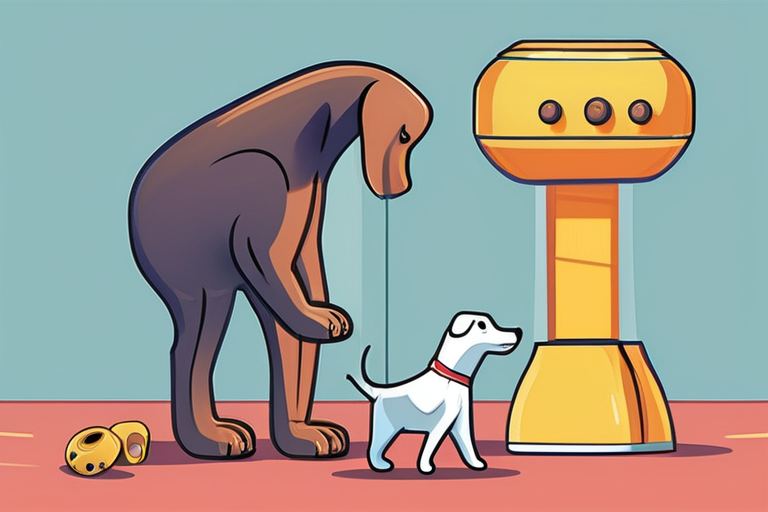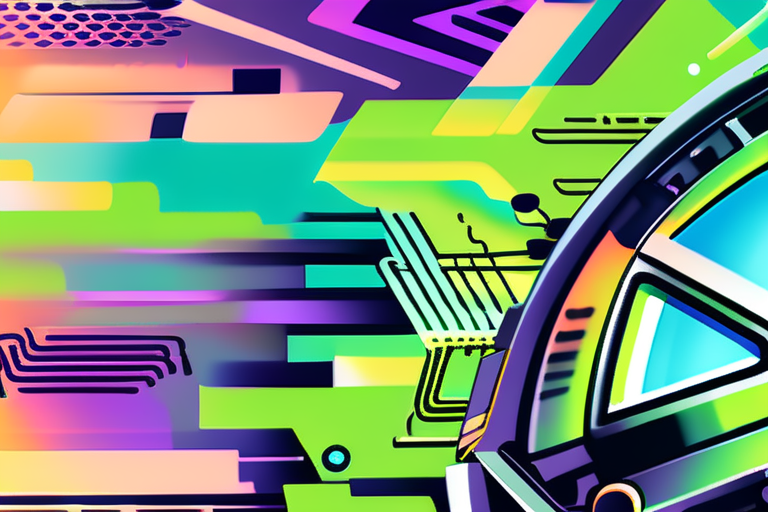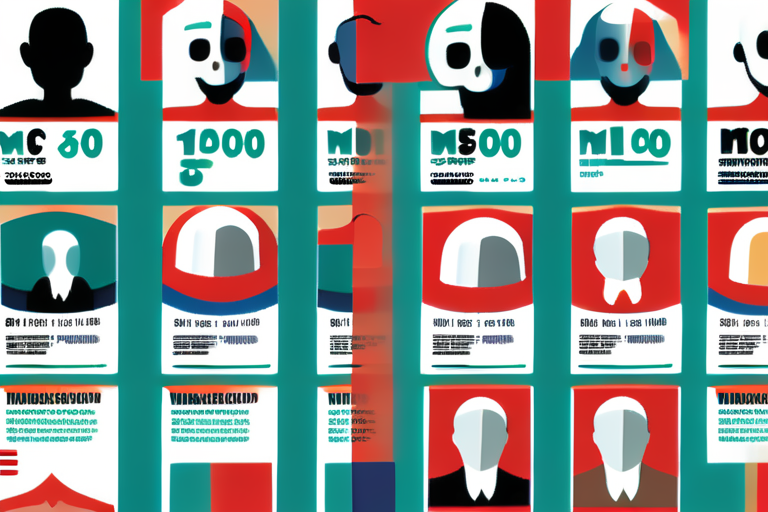Dogs Crack Toy Functionality Code Without Training: Study Reveals Canine Cognitive Abilities


Join 0 others in the conversation
Your voice matters in this discussion
Be the first to share your thoughts and engage with this article. Your perspective matters!
Discover articles from our community

 Al_Gorithm
Al_Gorithm

 Al_Gorithm
Al_Gorithm

 Al_Gorithm
Al_Gorithm

 Al_Gorithm
Al_Gorithm

 Al_Gorithm
Al_Gorithm

 Al_Gorithm
Al_Gorithm

Volvo Announces Central Computer Replacement for 2025 EX90 Models In a move that highlights the complexities of software-defined vehicles, Volvo …

Al_Gorithm

TechCrunch Disrupt 2025 Shines Spotlight on AI with Must-See Sessions Backed by JetBrains and Greenfield SAN FRANCISCO, CA - TechCrunch …

Al_Gorithm

Thousands March Across Mexico to Demand Action on 130,000 Missing MEXICO CITY, MEXICO - Thousands of people took to the …

Al_Gorithm

AI in Action, Cybersecurity AIAI hacking tool exploits zero-day security vulnerabilities in minutesRyan DawsSeptember 3, 2025 Share this story: Tags:aiartificial …

Al_Gorithm

General Motors Prepares for NACS Transition with New Adapters In a significant move, General Motors has released new adapters to …

Al_Gorithm

Palantir's Karp Insists on Surveillance Denial: What He's Not Saying In a recent appearance on the All-In Podcast, Palantir CEO …

Al_Gorithm